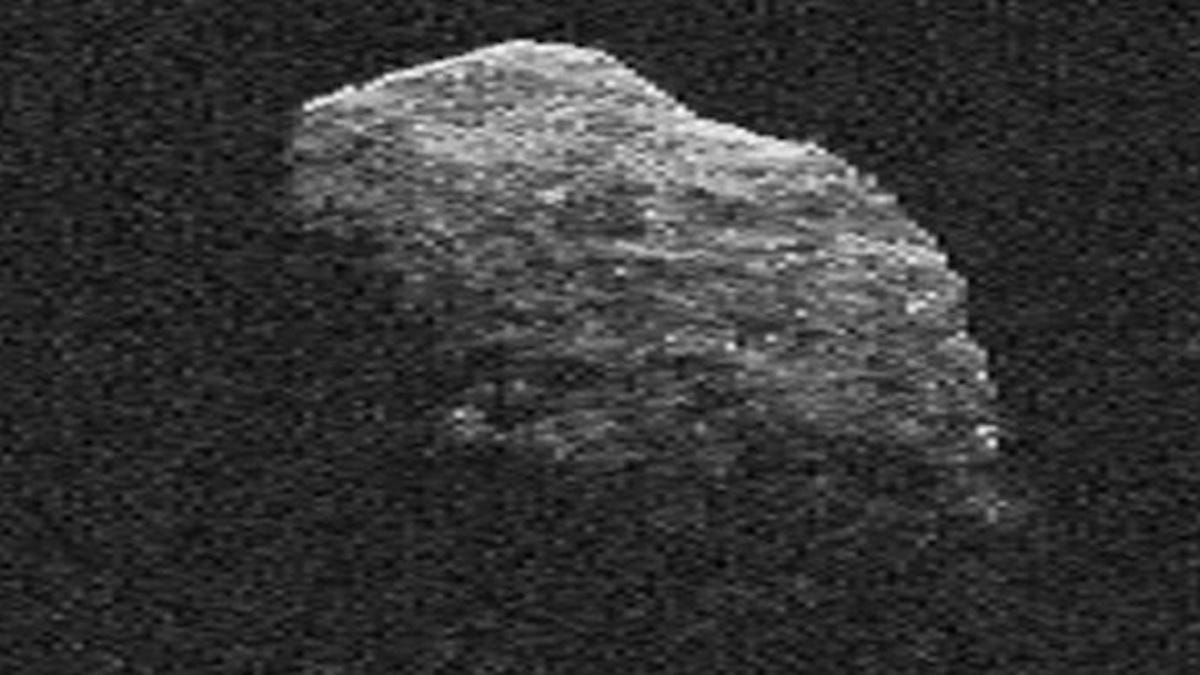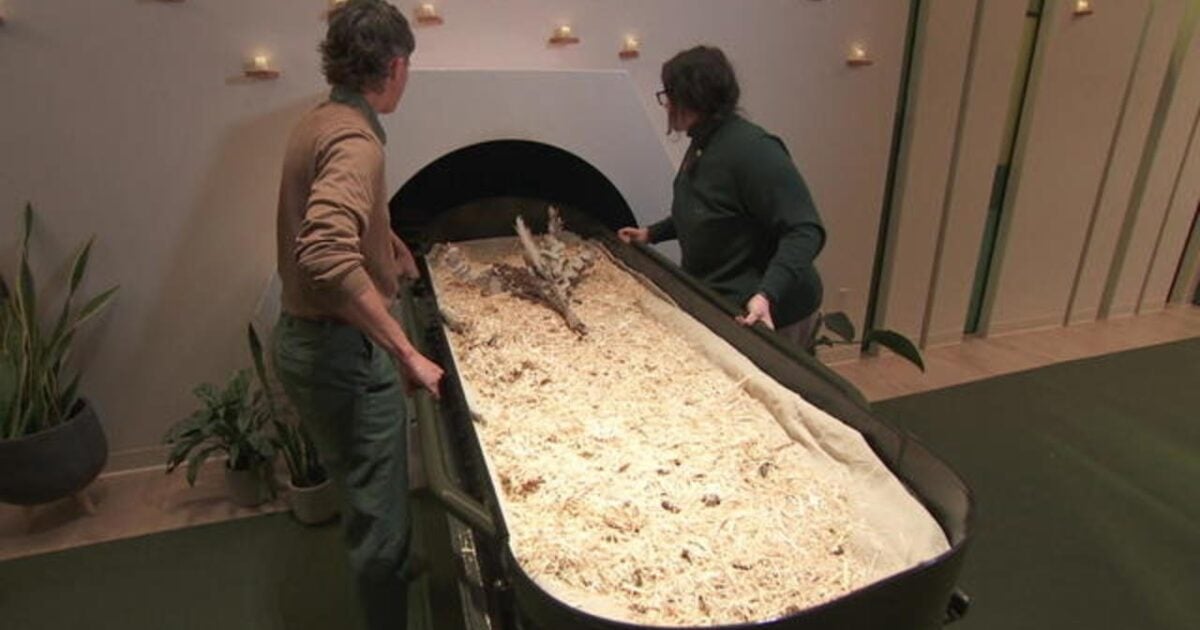Exploring the Potential Hazards and Scientific Opportunities of Asteroid Apophis
In approximately five years, the Earth will experience a close encounter with the asteroid Apophis, which will approach our planet at a distance of less than 20,000 miles (32,000 kilometers). This celestial event presents a rare opportunity for scientists to study this potentially hazardous asteroid up close, as it will be ten times nearer to Earth than the Moon.
An Unprecedented Scientific Opportunity
Originally classified as a hazardous asteroid after its discovery in 2004, Apophis initially raised concerns about a possible collision with Earth. However, subsequent observations have revealed that there is currently no immediate threat of impact, offering scientists reassurance that the asteroid poses no danger for at least the next century. Given its substantial size, approximately 1,100 feet wide (335 meters), a collision with Earth would result in significant damage, making the importance of monitoring Apophis evident.
Historically, asteroids of similar size impact Earth every 80,000 years, leading to catastrophic consequences such as global-scale impact winters. To gather valuable insights into Apophis and its characteristics, scientists aim to examine potential changes to the asteroid caused by Earth’s gravitational field. These changes could include alterations in Apophis’ orientation, composition, and spin, leading to phenomena such as asteroid quakes and shifts in its internal materials distribution.
By tracking these changes through comparative observations before and after the 2029 encounter, researchers hope to expand our understanding of asteroid behavior and evolution, shedding light on the potential impact of such celestial bodies on Earth.
Proposed Missions and Exploration Strategies
Private space companies like Blue Origin and ExLabs have put forward innovative proposals for missions to investigate Apophis in anticipation of its upcoming flyby in 2029. Blue Origin’s concept involves using its cutting-edge Blue Ring orbital platform to deliver payloads weighing up to 6,600 pounds (3,000 kilograms) to the asteroid, facilitating low-cost and low-risk exploration missions.
On the other hand, ExLabs has proposed the Distributed Radar Observations of Interior Distributions (DROID) mission, which plans to deploy a spacecraft equipped with cubesats to conduct a comprehensive “CAT scan” of Apophis’ interior structure. This mission, scheduled for launch in May 2028, aims to arrive at Apophis in February 2029, offering a unique opportunity to study the asteroid in detail.
Furthermore, NASA has organized workshops to solicit additional mission ideas from the private sector for Apophis exploration. The agency’s OSIRIS-APEX spacecraft, repurposed from the Bennu asteroid mission, is en route to Apophis to document any changes the asteroid may undergo due to its Earth flyby. Additionally, NASA has a spare pair of spacecraft originally intended for the Janus mission that could be redirected to study Apophis in light of the rescheduled launch window.
Given the scientific significance of this close encounter with Apophis, further missions and exploratory initiatives are expected to emerge in the following months and years. These endeavors will contribute to expanding our knowledge of asteroids, enhancing our preparedness for potential future encounters with celestial objects.
Image/Photo credit: source url





